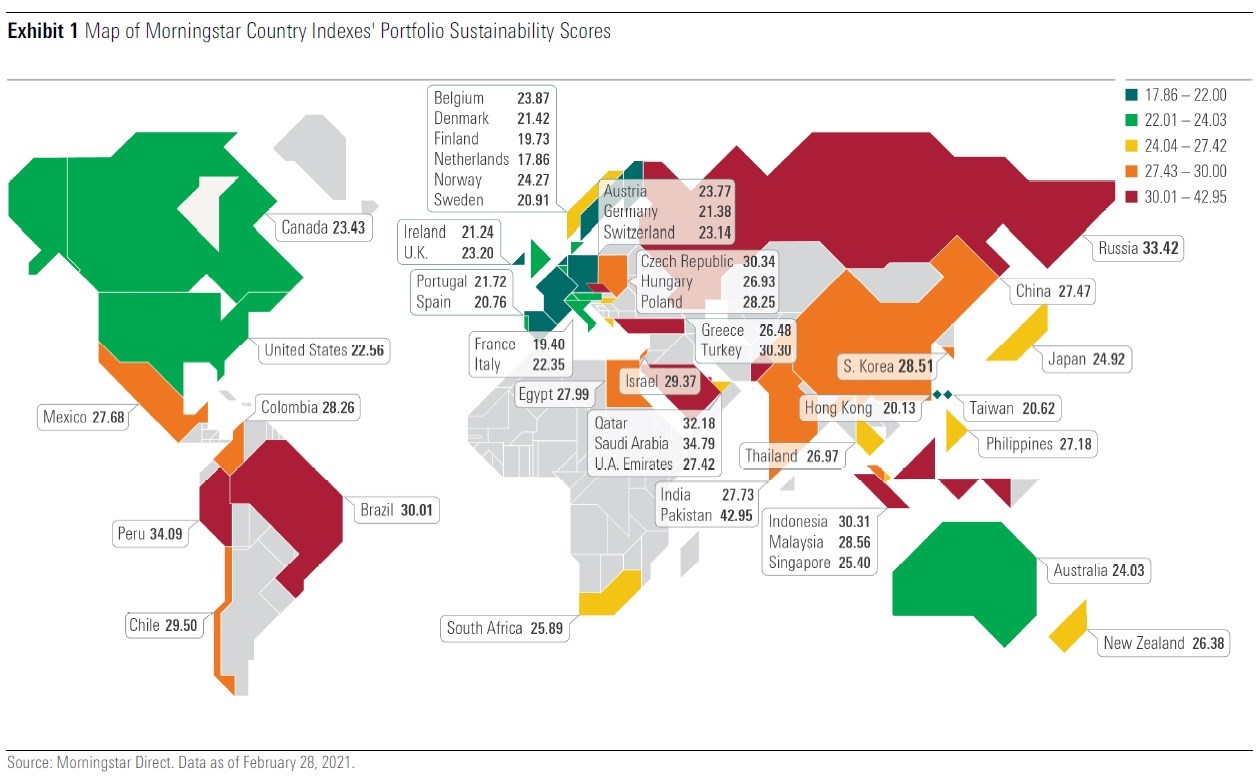
A company's board of directors is ultimately responsible for how much a chief executive gets paid. But what can shareholders do if they think a chief executive isn't actually earning his or her salary?
New research from Morningstar explores ways to improve the link between CEO pay and shareholder interests. Morningstar equity analysts Joshua Aguilar and Kristoffer Inton looked at methods to better align CEO pay with the value they create for shareholders and better ways to measure their value creation.
Aguilar and Inton offer four different ways to align executive compensation with shareholder interests:
1) make CEOs suffer when shareholders do
2) focus incentives on long-term value creation
3) reduce the cosy relationship between executives and boards of directors
4) give say-on-pay votes "teeth”
In this article, we'll focus on the last method: strengthening the power of say-on-pay votes.
What Are Say-on-Pay Votes?
Executive pay packages, created by boards' compensation committees, may not always reflect the value that executives offer - especially if board members and CEOs have close relationships. Say-on-pay votes give shareholders a voice if they think executive compensation is excessive.
These votes occur at a company's annual meeting for shareholders. Because some shareholders may not attend this annual meeting, they can cast say-on-pay votes through mail-in or digital ballots. (Voting while not physically present at an annual meeting is considered proxy voting.)
If a company fails its say-on-pay vote, at least 51% of shareholders think top executives are being paid too much respective to the value they bring.
Though say-on-pay votes indicate how shareholders feel about executive compensation, the outcome is nonbinding, says Jackie Cook, Morningstar's director of investment stewardship. This means boards of directors aren't obligated to make changes to compensation plans--even if a majority of shareholders disagree with the pay packages.
The 'Two-Strikes' Rule
Aguilar and Inton say one way to strengthen say-on-pay votes is to consider Australia's "two-strikes" rule.
Under this rule, if 25% of shareholders vote against a company's executive compensation plan at two consecutive annual meetings, the entire board may have to stand for re-election within three months. Whether they go to re-election depends on if a majority of shareholders pass a "spill" resolution.
A majority of US companies passed their say-on-pay votes in 2020. Only 56 US companies failed their votes, which account for just over 2% of companies included in the Russell 3000. Of these 56, only 18 failed their say-pay-votes at least twice, according to Aguilar and Inton's research.
Despite these low failure rates, 2021 has already seen a near doubling of failing say-on-pay votes. Many of these come from large corporations like General Electric (GE) and Starbucks (SBUX).
United Therapeutics and the 'Two-Strikes' Rule
In 2020, the board of directors for United Therapeutics (UTHR), a biotechnology company focused on hypertension drugs, could have been forced to run for re-election under Australia's "two-strikes" rule. But before the process could begin, United Therapeutics contacted shareholders to see how it could adjust its executive compensation plan.
According to Aguilar and Inton, the company made several changes, such as "adjusting CEO total compensation, eliminating short-term and long-term incentives that rewarded the same performance twice, incentivizing long-term performance, eliminating one-time special equity grants, and bringing more objectivity and simplicity to bonus payments, among other initiatives."
Aguilar and Inton believe adopting a similar mechanism would only increase the frequency of investor-friendly adjustments such as these.
Holding CEOs Accountable
There are more tools investors can use to better align CEO pay with performance.
Aguilar and Inton discuss the benefits of minimum-term contracts. This involves the board of directors setting a specified year for how long it will take for the CEO's strategic changes or investments to bear fruit and materialize in the share price.
They also recommended aligning incentives to long-term value creation for shareholders, so CEOs don't fixate on today's stock price. This includes incentives to improve business metrics that consequently lead to sustainable, long-term shareholder returns through a full market cycle.
These metrics, like revenue growth and free cash flow, would differ based on the life stage of the company. Younger companies may have their CEOs prioritize growth, while executives at more mature companies may focus on the return on invested capital.
Aguilar and Inton say shareholder-friendly CEO compensation plans aren't easy to design, but their recommendations are a good start.





























